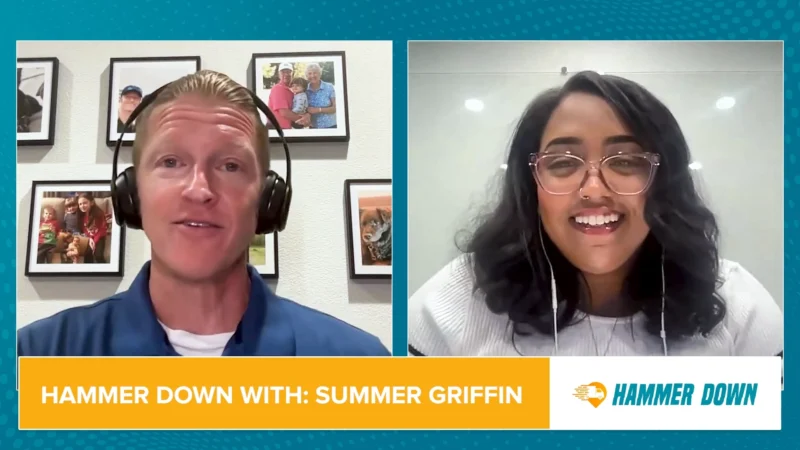The Clean Trucking Industry’s Future Hinges on Quicker Government Response to Tech Advancements
The clean trucking industry is undergoing rapid changes, driven by advancements in technology and regulatory pressures. With the EPA’s Phase 3 guidelines aiming for zero emissions by 2040, industry stakeholders face significant challenges and opportunities. Amidst this backdrop, clean trucking is at a critical juncture, facing a myriad of questions on how to adapt and thrive.
How is the clean trucking industry adapting to new technologies and regulatory demands?
In this discussion, host Mike Bush welcomes Jay Traugott, the Senior Editor at Clean Trucking to Hammer Down to explore the current state and future prospects of clean trucking. The conversation covers the latest technological developments, the role of government regulations, and the industry’s response to these changes.
Key Discussion Points:
- Technological Advancements vs. Government Support: Private industry is rapidly developing new technologies, but state and federal governments are struggling to keep up with necessary regulations and infrastructure.
- Challenges for Small Fleet Operators: Small fleet operators face significant hurdles in adopting new, expensive clean truck technologies. Interim solutions like biodiesel and renewable diesel are crucial for these operators.
- Alternative Fuels as Interim Solutions: Alternative fuels offer immediate benefits and are more feasible for smaller operators compared to full electrification or hydrogen fuel adoption.
Jay Traugott brings over a decade of experience as an automotive journalist, witnessing firsthand the rise of electric vehicles. His recent role at CleanTrucking.com allows him to combine his passion for transportation with the burgeoning clean trucking sector. Jay’s expertise spans the technological innovations and industry dynamics shaping the future of freight transportation.




